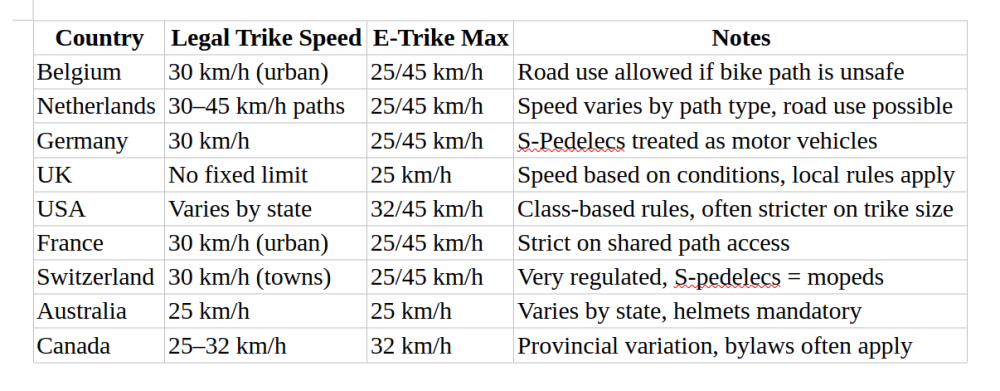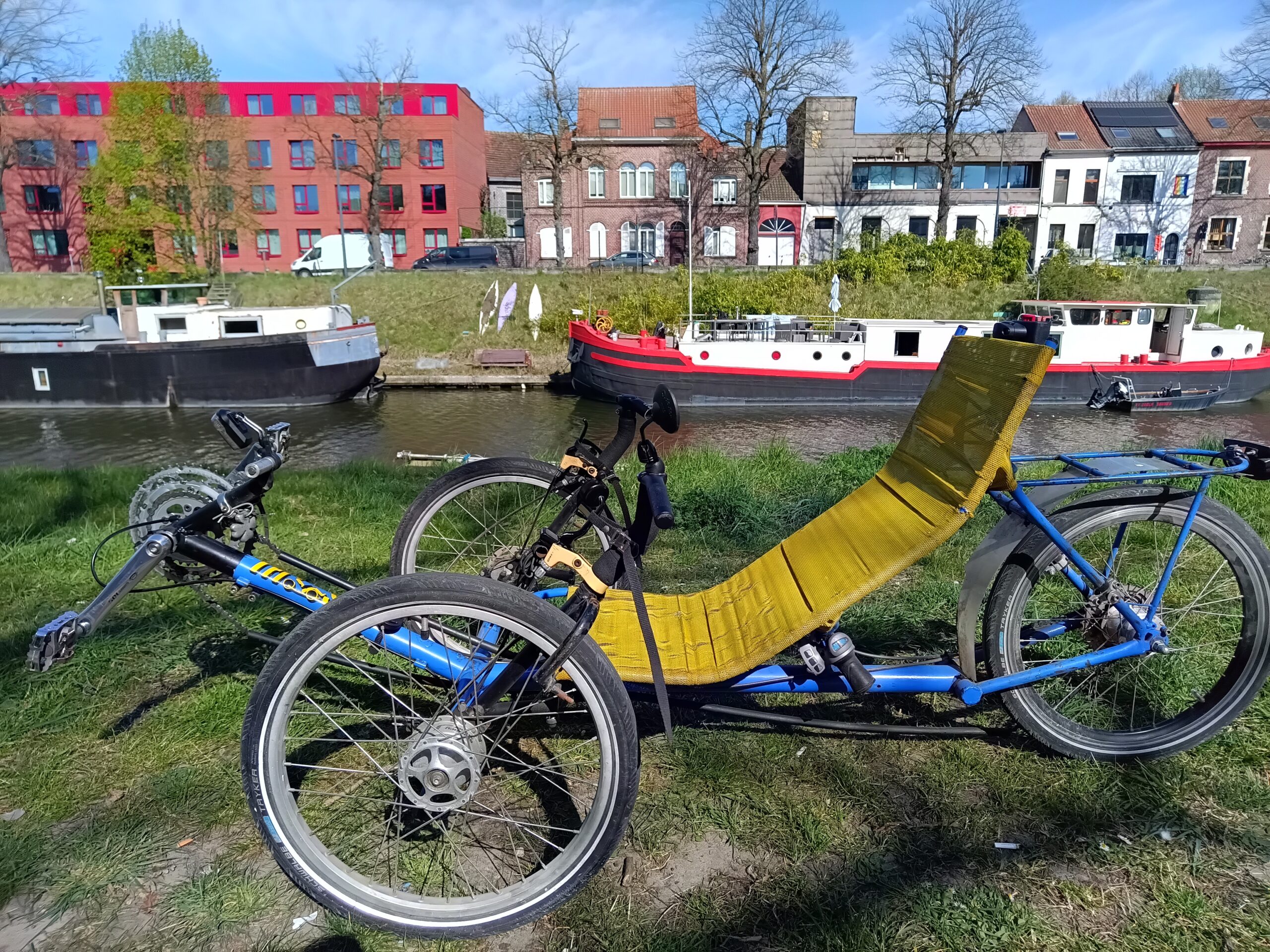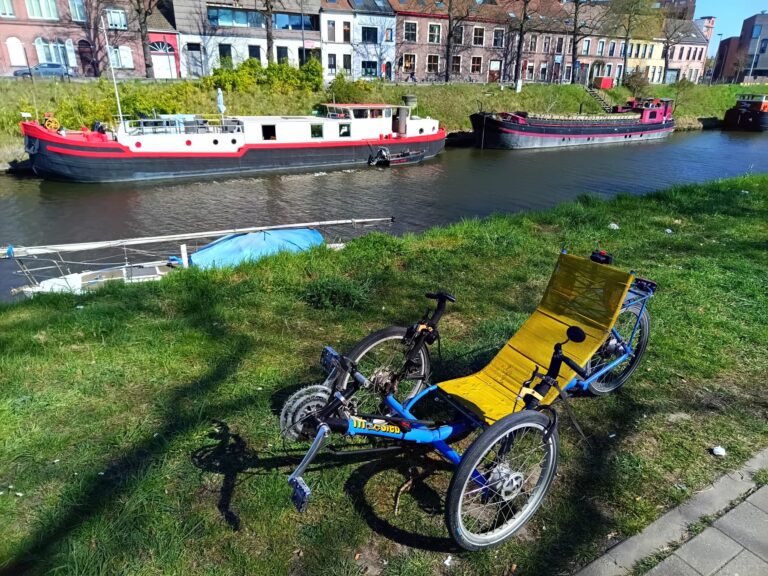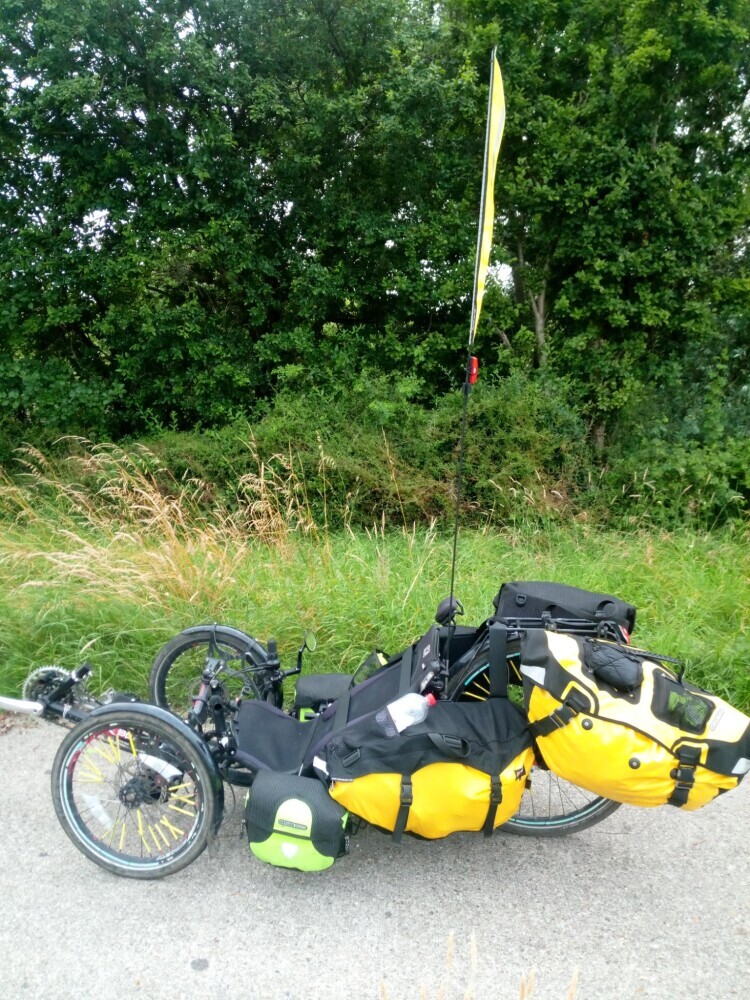🚴 Recumbent Trike Speed Limits Worldwide: Legal Rules, E-Trike Laws & Safety Tips 🚴
🌱 Introduction
Recumbent trikes are often seen cruising along bike paths, coasting down open country roads, or climbing hills with patient determination. But how fast can they legally and safely go? What are the actual speed limits, and do special rules apply because of their unique design?
This article breaks it all down for you, country by country, with a healthy dose of practical safety advice and a deep-dive into one of the most misunderstood topics: whether speed limits actually apply to trikes.
🌟 What Makes Recumbent Trikes Special?
Before diving into legislation, it’s worth understanding why recumbent trikes might be treated differently in some cases:
- They are wider than upright bicycles
- They are lower to the ground, which affects visibility
- Some models can go much faster on descents
- Fully enclosed velomobiles (a sub-category of recumbent trikes) can reach extremely high speeds
Because of these characteristics, some exceptions apply in certain countries — but they don’t necessarily give trike riders a free pass on speed limits.
🇧🇪 Belgium
- General Rules: Trikes are legally treated as bicycles.
- Urban Areas: Speed limit for all vehicles in many areas (including cyclists) is 30 km/h.
- Bike Path Use: If a trike is too wide or unsafe to ride on a cycle path, it may use the main road (up to 50 km/h).
- Electric Trikes: Pedal-assist up to 25 km/h is allowed on most paths. Speed-pedelecs up to 45 km/h are treated like mopeds.
Special Note: The width and low profile of a trike may exempt it from the obligation to use a cycle path but not from general road speed limits.
🇳🇱 Netherlands
- Bike Paths: Most cycling takes place on dedicated paths with implicit limits:
-
- Urban areas: 30 km/h
- Rural bike roads: 40–45 km/h
- Trikes: Legal classification = bicycles. Same rules apply.
- Speed Pedelecs: Treated separately. Must use roads unless signage allows otherwise.
Trikes may use the main carriageway if:
- The bike path is too narrow
- Safety is compromised by design or traffic
Still, you must obey posted road speed limits.
🇩🇪 Germany
- Urban Speed Zones: Many areas enforce a 30 km/h zone for all vehicles.
- S-Pedelecs: Require license plates, helmets, and insurance. Top speed: 45 km/h.
- Cycle Path Exemptions: Trikes too wide for bike paths may use the roadway.
As in Belgium and the Netherlands, the exemption applies to path use but not to speed limits.
🇬🇧 United Kingdom
- No Specific Speed Limits for Bicycles on public roads.
- Dangerous Cycling Laws still apply: riding too fast for the conditions may result in prosecution.
- Cycle Paths: Local bylaws may impose lower limits (e.g., 12–18 mph).
In some parks or promenades, riding a trike too fast can be viewed as reckless, even if technically legal.
🇺🇸 United States
- E-Bike Classes (often applied to e-trikes):
-
- Class 1 & 2: Max 20 mph (32 km/h)
- Class 3: Max 28 mph (45 km/h)
- Trikes: Usually classified as bicycles unless electrified above legal thresholds.
- Path Rules: Vary by state, but Class 3 often restricted to roadways.
Some states (e.g. Colorado, California) have specific allowances for adaptive cycles or wide recumbents. Still, speed limits apply just like for any cyclist.
🇫🇷 France
- Urban Speed Zones: Bicycles and trikes are limited to 30 km/h in many city zones.
- Shared Paths: Strict rules apply. Trikes may be banned on narrow greenways (voies vertes) unless signage allows it.
- Electric Trikes: E-assist up to 25 km/h is accepted. Speed-pedelecs are forbidden on most cycling paths and treated like mopeds on the road.
France takes shared-path safety very seriously, and fines are common for misuse.
🇨🇭 Switzerland
- Bike Path Usage: Similar to Germany. Wide vehicles may be directed to roads.
- Speed Limits: 30 km/h is common in towns. S-pedelecs must follow motorized rules.
- Electric Trikes: Anything over 25 km/h needs a license, helmet, and insurance.
Switzerland has some of the strictest enforcement in Europe.
🇦🇺 Australia
- Path Rules: Vary by state. Most allow standard bicycles and trikes at speeds up to 25 km/h.
- Electric Trikes: Pedal assist capped at 250 watts and 25 km/h.
- Trike Considerations: Many trikes are allowed on roads instead of paths for safety. Helmet use is mandatory.
🇨🇦 Canada
- Provincial Variation: Each province sets rules. In Ontario, for example, e-trikes must have pedals and are capped at 32 km/h.
- Shared Paths: Generally accessible to trikes, but courtesy speed applies. Cities may impose bylaw limits of 15–25 km/h.
⚖️ Legal Myths and Misunderstandings: “Trikes Don’t Have Speed Limits”
Myth: Because trikes are wide and low, speed limits don’t apply to them.
Reality: Not true.
- Trikes may be exempt from using a cycle path for safety reasons.
- They may be allowed on the road even when bikes are not.
- But they are not exempt from the posted or implied speed limits of that road.
If you’re riding on a 30 km/h city street, your trike must obey that limit just like a car. On shared paths, you may be expected to ride below that depending on crowd density.
⚙️ Performance and Safety Considerations
- Speed Potential: Unassisted touring trikes cruise at 15–25 km/h. Racing models can hit 50–60 km/h.
- Downhill Danger: It’s possible to exceed 70 km/h. But braking distance, traction, and stability must be factored in.
- Visibility: A trike’s low profile makes it harder for motorists to see. High speeds can worsen this risk.
Always match your speed to your environment:
- Narrow path? Slow down.
- School zone? Follow the same limits as cars.
- Descending a hill? Maintain full control.
🔋 E-Assist Regulations and Limitations
- EU Regulations (168/2013): E-trikes with pedal assist are capped at 250 watts and 25 km/h to remain in the bicycle category.
- Above 25 km/h: Reclassified as speed pedelecs or mopeds. Requires registration, helmet, and insurance.
- US Classifications: Governed by a 3-tier system (Class 1, 2, 3).
- Canada/Australia: Also enforce wattage and speed limits, often aligning with 25 or 32 km/h thresholds.
Watch your trike’s motor settings and compliance stickers. An “unlocked” motor may put you in illegal territory.
🧠 Real-World Case Study
In 2022, a velomobile rider in the Netherlands was fined for riding 45 km/h on a shared path marked for 30 km/h. Although the vehicle was road-legal, the speed exceeded what was deemed “safe for the shared infrastructure.”
Lesson: Even if you’re within the law for your vehicle type, context matters. Safety and courtesy trump capability.
📚 Glossary of Legal Terms
- S-Pedelec: Speed pedelec, motorized cycle up to 45 km/h
- Cycle Path Obligation: Requirement to use bike paths when present
- Roadworthiness: Legal condition of a vehicle to be operated on public roads
- Speed Zones: Areas with capped speed for all traffic
- Bylaws: Local rules that may override national defaults
❤️ Shared Space Etiquette and Ethics
- Ring your bell before overtaking
- Slow down around pedestrians
- Use mirrors and flags to remain visible
- Treat every shared path as a community zone, not a race track
The trike community is growing fast. Let’s keep it welcome, respectful, and safe.
📊 Summary Table

📅 Final Thoughts
Trikes might be more eye-catching, ergonomic, and fun than regular bicycles, but they are not immune to local speed regulations. Always ride with respect for your environment, stay visible, and choose safety over speed when in doubt.
Remember: Just because your trike can fly down a hill at 60 km/h, doesn’t mean it should. Keep your trike adventure safe, legal, and fun.



